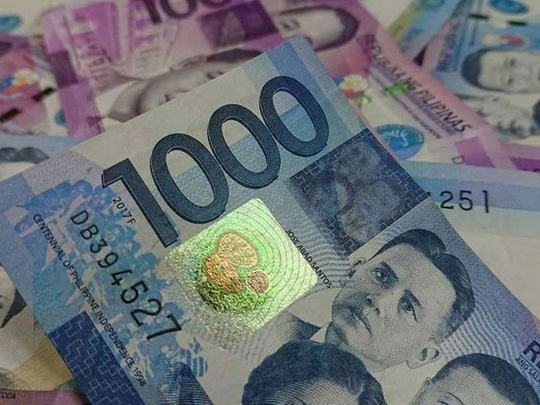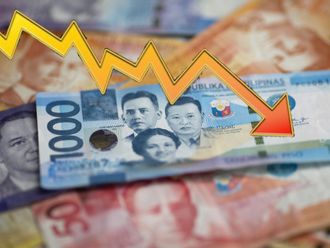
Manila: The Philippine peso dropped to its lowest level in more than a year amid rising volatility and a spike in imports and oil prices.
The peso is trading at 13.56 a dirham, the lowest in a year.
Analysts expect the recent weakness - which has made the currency the worst performer in Asia over the past month - may not last.
While it touched 49.910 per dollar Wednesday and could test the 50 level before long, analysts say a rebound is in order given that consumer demand remains weak, which could cap purchases of the greenback to pay for imports.
The peso's three-month implied volatility rose to 5.05 per cent, the highest since March, while dollar-peso three-month non-deliverable forwards advanced as high as 50.46, the strongest since June 2020.
Recent moves "may have caught some dealers short with some panic buying dominating recent trading sessions," said Nicholas Mapa, a senior economist at ING Groep NV in Manila. "In the near term, we could see a reversal of the downtrend."
Mapa also suggested the currency could find some support if a significant amount of proceeds from a recent $3 billion sovereign bond sale are converted into pesos.
Authorities have recognized increasing demand for foreign exchange as the economy reopens from the pandemic, with the central bank set to increase the net open position limit for commercial lenders to 25 per cent of capital from 20 per cent in August.
Michael Ricafort, an economist at Rizal Commercial Banking Corp. in Manila, said imports could still see a seasonal rise this quarter, but that the peso may be boosted after this on higher remittances from overseas workers before the Christmas season.








